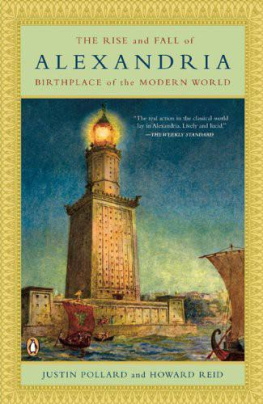INTRODUCTION
by Jan Morris
This celebrated tetralogy from the 1950s was defined by its author as an investigation of modern love, but has often been regarded by its readers more as an evocation of a city the Greco-Arab, multi-ethnic Alexandria of its title. Almost infinite variations of love are certainly explored in its 1000-odd pages, and the presence of Alexandria certainly permeates the work, but for myself I think the legendary fascination of the Quartet is essentially existential. The work itself is greater than its themes, and casts a spell that is neither precisely emotional nor specifically topographic.
Actually it is neither specific nor precise about almost anything. It was an experimental novel of its day, perhaps related to the work of Durrells friend Henry Miller, perhaps to Ulysses. It was based upon the premise that people and events seem different when considered from different angles and periods, and that they can best be recorded, as Durrell himself put it, stereoscopically . The four volumes concern the same characters, but several narrators tell its complex tales from their several viewpoints , and they write at different times. It is a device, Durrell claimed, amounting to a new concept of reality, reflecting the ideas of Freud and Einstein and a convergence of Western and Eastern metaphysics.
If that sounds overblown, well, the Quartet itself is not without pretension, in concept as in performance. As has generally been admitted, it is often ornately overwritten, sometimes to an almost comical degree. The high ambition of its schema sometimes makes its narratives and characters inexplicably confusing, and its virtuoso use of vocabulary can be trying (pudicity? noetic? fatidic? scry?). But if there are parts of the work that few readers, I suspect, will navigate without skipping, there are many passages of such grand inspiration that reaching them feels like emerging from choppy seas into marvellously clear blue Mediterranean waters.
For it is true that the city of Alexandria does colour the entire work. Durrell lived and worked in the city from 1942 to 1945, and he believed strongly in the effect of place upon human temperaments. Alexandrias peculiar Levantine character, as it existed during Durrells time there, is insistently summoned into these pages. His responses to the place were moulded partly by E. M. Forsters elegant Alexandria, A History and a Guide , first published in 1922, and more especially by the greatest of Alexandrine poets, Constantine Cavafy who had died in 1933, but whose drifting presence in the books is almost as haunting as the presence of the city itself.
It was Cavafy who wrote of Alexandria, Theres no new land, my friend, no/ New sea; for the city will follow you,/ In the same streets youll wander endlessly . One of this works narrators goes further still: man is only an extension of the spirit of place, says Nessim in Justine. The several narrators of the Quartet are certainly enslaved by Alexandrias genii loci , and readers are likely to be entrapped too, because the work, so opaque in other contexts, is clear enough when it deals with the city. We soon learn the geography of the place, from the handsome Rue Fuad to the meshed Arab backstreets, from the elegance of LEtoile or the Cecil Hotel to the hashish cafes of the slums or the sandy approaches to the Western Desert. We see inside the mansions of rich cosmopolitans and diplomats, we visit stifling attic bedrooms, brothels and pleasure pavilions by the sea.
Much of all this is factual. Durrell based much of his fiction upon personal experience, reminiscence and tittle-tattle, which gave the Quartet , for his contemporaries, something of the allure of a roman--clef , not least in its sexual allusions. In fact a general sensuality is the most Alexandrine aspect of the Quartet , but it does shows itself, too, in somewhat hazy illustrations of individual sex modern love, as Durrell put it. These dark blue tides of Eros are far from pornographic. Sometimes, it is true, we are unsure who is loving whom, and now and then there are homosexual and cross-dressing deviations, but mostly the love elements are straightforward and moving, and really do dominate, as Durrell implied, the devious goings-on of the plot.
Which are full of surprises. Some, I dare say, really are Freudian or Einsteinian in origin, or metaphysically intercultural, but they often seem to me like twists in a skilful thriller, closer to Le Carr than to James Joyce, and sometimes embroiled in melodrama the slime of plot and counterplot, as another of Durrells characters defines it. He was particularly admired for his descriptive writing, and these books are rich in masterly set-pieces, but he was also a fine storyteller, adept in techniques of suspense and deception. Reader, watch out! Shocks are always around the dusty corner in The Alexandria Quartet.
The four books of the tetralogy originally appeared separately Justine in 1957, Balthazar and Mountolive in 1958, Clea in 1960. They were immediately recognized as remarkable works of art, but the verdict on the whole work, while always respectful, was mixed. French critics adored it. Americans lapped it up. English reviewers were not so sure. Lawrence Durrell, a lifelong expatriate , never was an admirer of English culture, and his elaborate prose did not greatly appeal to more austere littrateurs like Angus Wilson, who called it floridly vulgar. Its pretensions were mocked, its avant garde excesses parodied, and although the books were commercial triumphs, he wrote nothing so publicly successful again.
But the whole thing itself, this immense imaginary construction, has stood the tests of time and taste, and has never been out of print probably never will be. Half a century after its completion those florid vulgarities, those modernist pretensions, seem no more than incidental to its unique flavour, which lingers in the mind long after its labyrinthine plots (for they are myriad, and muddling) have been forgotten.
The Alexandria Quartet is one of a kind and, as I see it, on the whole a masterpiece.
PREFACE
THIS group of four novels is intended to be read as a single work under the collective title of The Alexandria Quartet: a suitable descriptive subtitle might be a word continuum. In trying to work out my form I adopted, as a rough analogy, the relativity proposition. The first three were related in an intercalary fashion, being siblings of each other and not sequels; only the last novel was intended to be a true sequel and to unleash the time dimension. The whole was intended as a challenge to the serial form of the conventional novel: the time-saturated novel of the day.
Among the workpoints at the end I have sketched in a number of possible ways of continuing to deploy these characters and situations in further instalmentsbut this is only to suggest that even if the group of books were extended indefinitely the result would never become roman fleuve ; if, that is to say, the axis of the work has been properly laid down it should be possible to radiate from it in any direction without losing the strictness and congruity of its relation to a continuum.
It has been possible, for this edition, to correct a number of small slips pointed out by readers and critics, and also to add some small passages which were cut out of the original volumes in the MS. stage. The changes are not very great. Balthazar and Mountolive both lose half a dozen lines of text. Clea gains a small section and a new translation from C. P. Cavafy.
L.D.
France 1962

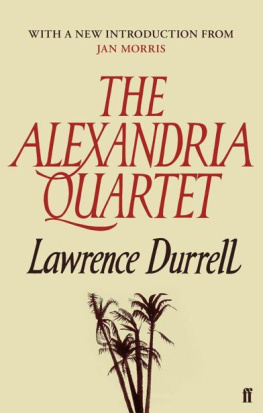

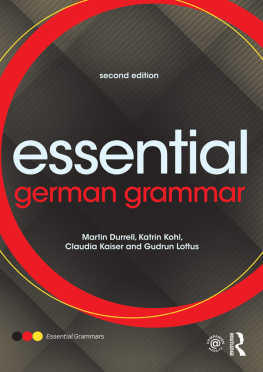


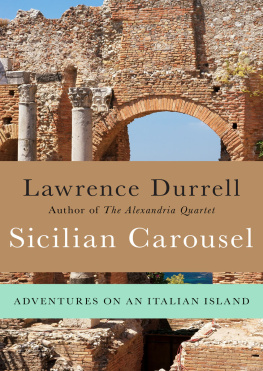

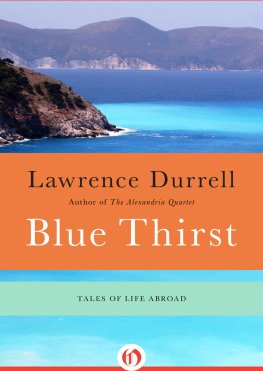
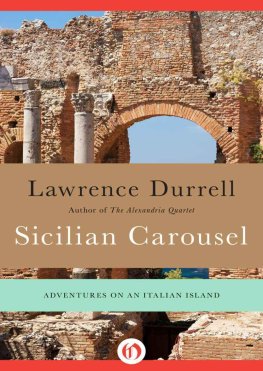
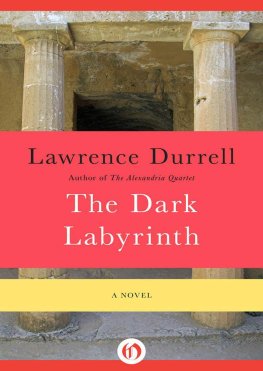
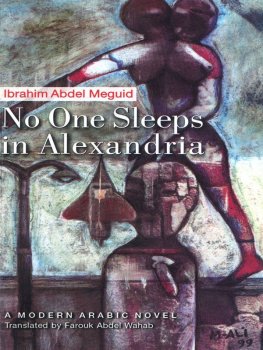
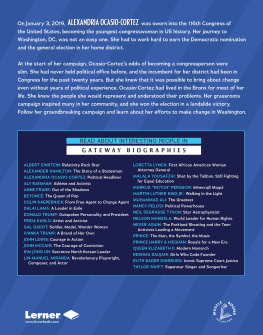

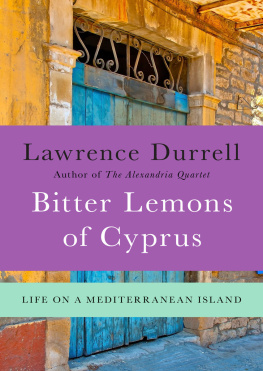

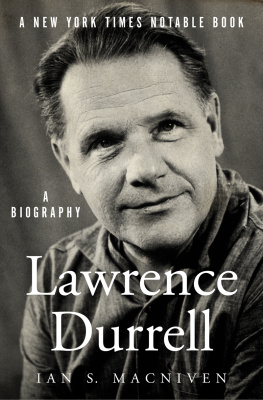
![Lawrence Durrell [Lawrence Durrell] - Caesar’s Vast Ghost](/uploads/posts/book/142113/thumbs/lawrence-durrell-lawrence-durrell-caesar-s.jpg)
